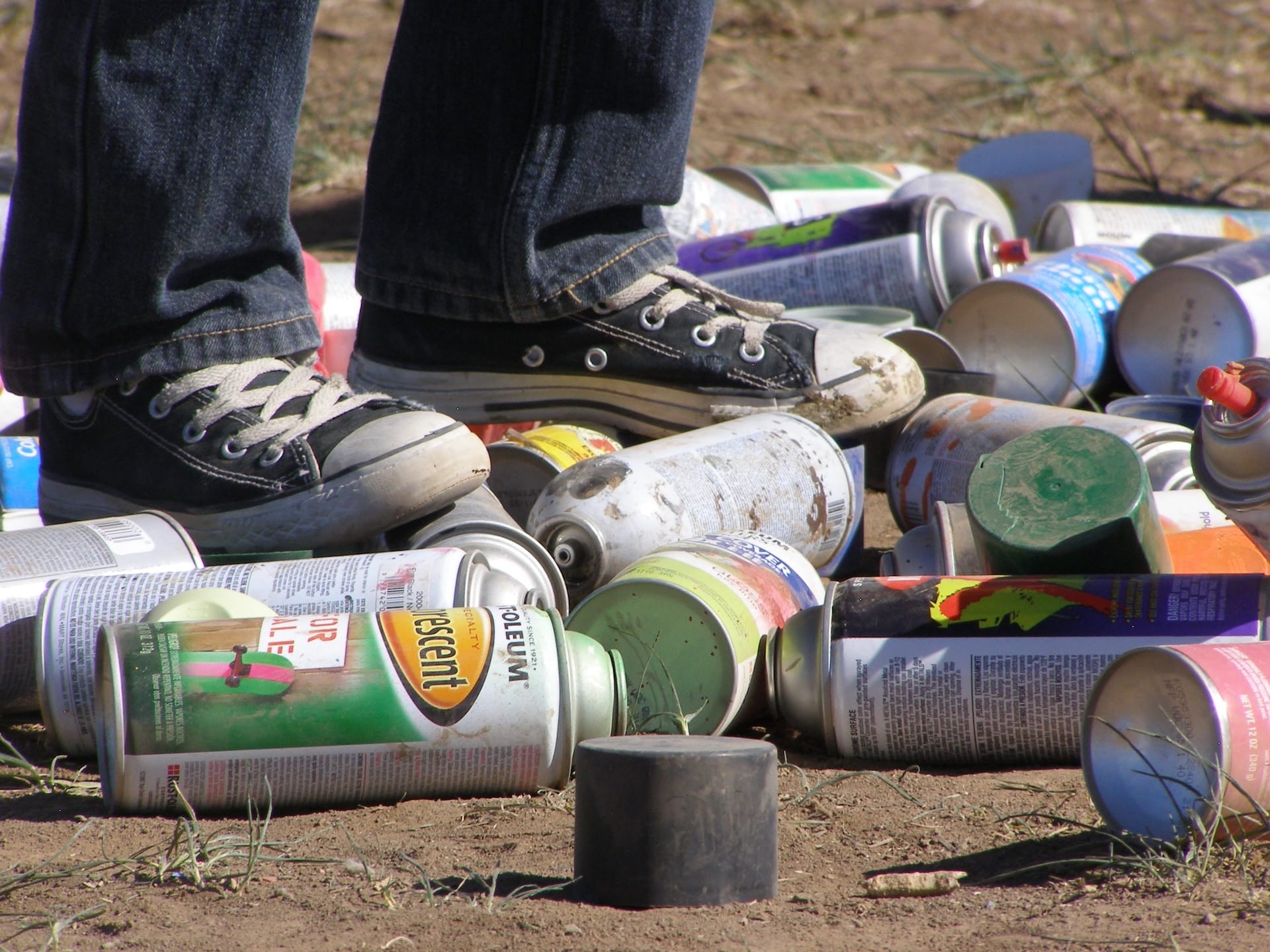TRASH/DEBRIS MANAGEMENT
The Bayou Vermilion District along with the Louisiana Department of Environmental Quality and the Lafayette Consolidated Government are collaborating to improve water quality along and on the Bayou Vermilion.
The Bayou Vermilion District diligently works year-round to improve water quality in and around the Vermilion River. With a staff of four employees, our bayou specialist team was able to fill over 1,220 55-gallon barrels with floating debris such as water bottles, soda cans, fast food wrappers, etc. in 2014. In addition to floating debris, the team removed 281 large items, such as couches, mattresses, 55-gallon drums, propane tanks and televisions. Also removed from the banks, coulees and canals that drain into the Vermilion River were 160 automotive and truck tires.
The Bayou Vermilion District regularly removes between 90 and 150 barrels (55 gal barrels) of floating debris per week from the Bayou Vermilion and its tributaries in Lafayette Parish.
In addition to floating debris like plastic drink bottles and styrofoam containers, the crew picks up, on average, 30 automobile tires and a wide variety of other large items (think: playground sets, furniture, appliances and electronics, ice chests, and others) every week.
The Vermilion River and its tributaries make up the storm water conveyance system for most of Lafayette, St. Landry, and upper St. Martin Parish. Since the Vermilion River is the major conveyor of water for the area, it receives the major portions of the nonpoint source pollution. The nonpoint source pollution received by the Vermilion River results in turbidity, high fecal coliform counts and high biological oxygen demand, which in turn results in low dissolved oxygen.
The Lafayette Parish Bayou Vermilion District aims to inform residents and business property owners along the river about the problems that runoff from erosion of their stream banks and yards creates, while at the same time demonstrating ways they can effectively reduce the volume quantity and improve the quality of the water making its way into the Bayou Vermilion.
The specific goal of this project is to develop demonstration sites for erosion control and runoff from residences along the Vermilion River, as a way to filter the water that runs directly into the river.
55 Gallon Barrels
Large Items
Trees
Tires

The techniques to be implemented have four primary goals:
2To improve runoff quality through the creation of infiltration sites on previously impervious surfaces;
3To find beneficial uses for water rather than exporting it as a waste product down storm sewers;
